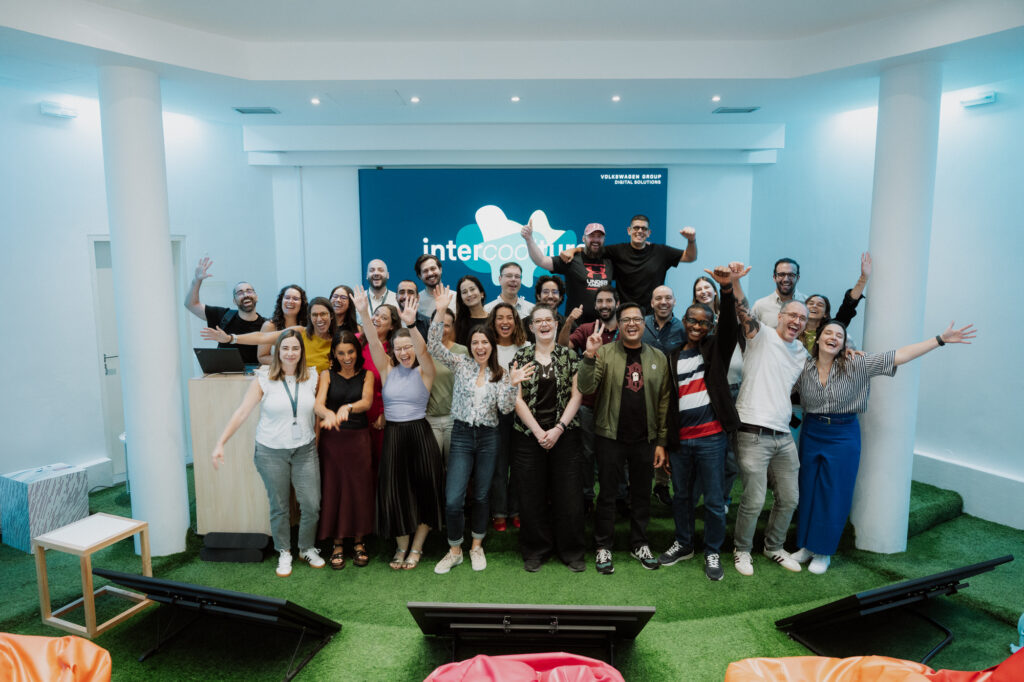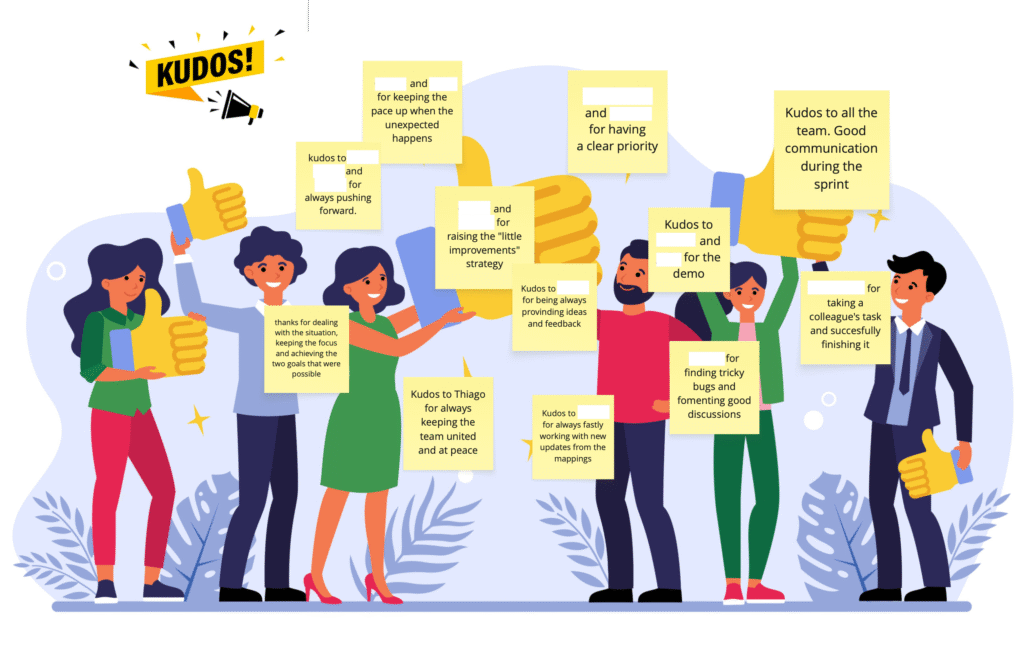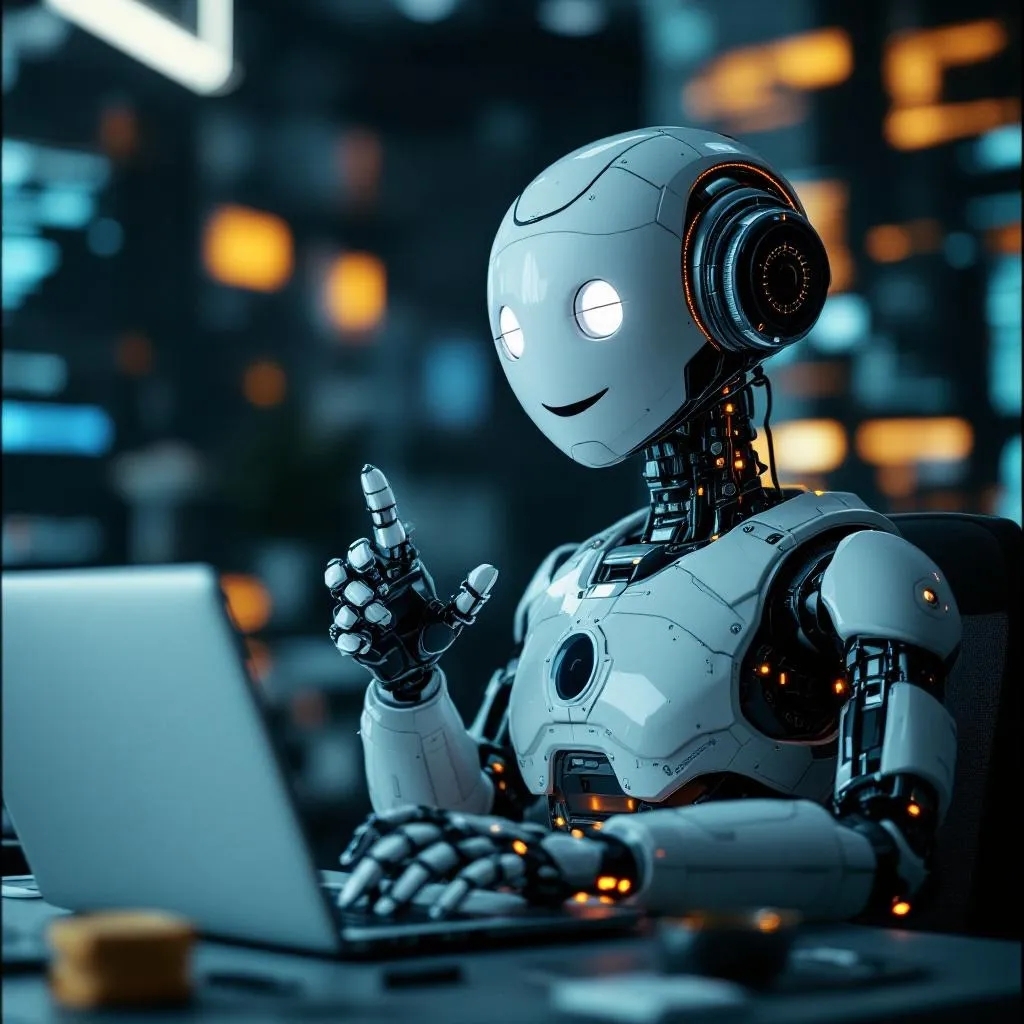The Speed of Technological Evolution
The rapid pace of technological advancement is reshaping the way we interact with tools, develop strategies, and solve complex problems. From the evolution of user interfaces to the integration of AI in daily workflows, the shift is undeniable—and the once clunky command-line interface (CLI) is no exception.
The Changing Face of CLI Terminals
For decades, CLI terminals were seen as the epitome of raw technical power, albeit with an outdated appearance. Tools like Bash, PowerShell, and Cmd ruled the scene, offering functionality but lacking modern aesthetics and usability features. As time progressed, enhancements like Oh My Zsh on macOS, Windows Terminal, and Hyper emerged, bridging functionality with sleek design and themes.
These tools aimed to make terminals more approachable, especially for developers transitioning from GUI-heavy environments. Auto-suggestions, plugins, and visual customization helped elevate user experience while maintaining the CLI’s core simplicity.
But the most groundbreaking evolution is here: AI-powered terminals.
AI in CLI: A Game-Changer
The integration of AI into CLI environments is transforming how we approach daily tasks. AI-powered tools like Warp, GitHub Copilot CLI, and Tabby are changing the way we write commands, debug errors, and even learn new skills. Here’s why this is revolutionary:
- Efficiency in Command Execution AI offers context-aware suggestions, making repetitive tasks faster and reducing the cognitive load on users. For example, generating complex Docker or Kubernetes configurations can now be done with minimal manual input.
- Error Prevention and Debugging AI terminals can predict and highlight syntax issues or misconfigurations in real-time. This proactive approach saves hours of debugging.
- Enhanced Collaboration AI-enhanced terminals allow developers to seamlessly integrate tools like Git, Docker, and Kubernetes with real-time suggestions for commands tailored to team workflows. These tools also integrate across platforms, ensuring that whether you’re on Linux, macOS, or Windows, collaboration remains fluid.
Daily Benefits and Security Concerns
Benefits
- Cross-Platform Accessibility: Modern tools ensure a unified experience across macOS, Linux, and Windows, fostering collaboration in heterogeneous environments.
- Simplified Workflows: By automating mundane tasks like log parsing or script generation, users can focus on strategy and development.
- Learning Opportunities: Beginners now have AI assistance that explains command functionalities, reducing the steep learning curve of the CLI.
Security Concerns
However, integrating AI and automation introduces vulnerabilities. Here’s what users should consider:
- Data Privacy: Some AI tools rely on external servers for processing, raising concerns about sensitive data being shared.
- Dependency Risks: Over-reliance on AI could lead to stagnation in critical skill development and manual troubleshooting abilities.
- Malicious Suggestions: Without rigorous vetting, there’s potential for AI tools to suggest harmful commands or configurations.
AI and Traditional Tools: A Symbiotic Relationship
Despite the advancements, tools like Git, Docker, and Kubernetes remain the backbone of modern development. AI doesn’t replace these—it enhances them. For example:
- Git: AI terminals can auto-resolve merge conflicts or suggest the best branching strategies.
- Docker: AI can optimize Dockerfiles for performance, reducing image size and build time.
- Kubernetes: AI simplifies cluster management by suggesting configurations and monitoring anomalies in real time.
Reflecting on the Evolution of Technology
The evolution of technology is a testament to humanity’s ability to innovate while respecting the value of foundational tools. CLI terminals were once dismissed as relics of the past, but today, they’re at the forefront of AI-driven transformation.
The challenge lies in balancing progress with responsibility. While AI makes tools more accessible and powerful, it’s crucial not to lose sight of the core skills and principles that built these systems. Embracing change is vital, but so is preserving the knowledge and practices that continue to underpin technological advancements.
Let’s celebrate the evolution of tools—from clunky terminals to AI-powered interfaces—as a reminder of how far we’ve come, and as inspiration for where we’re headed.


